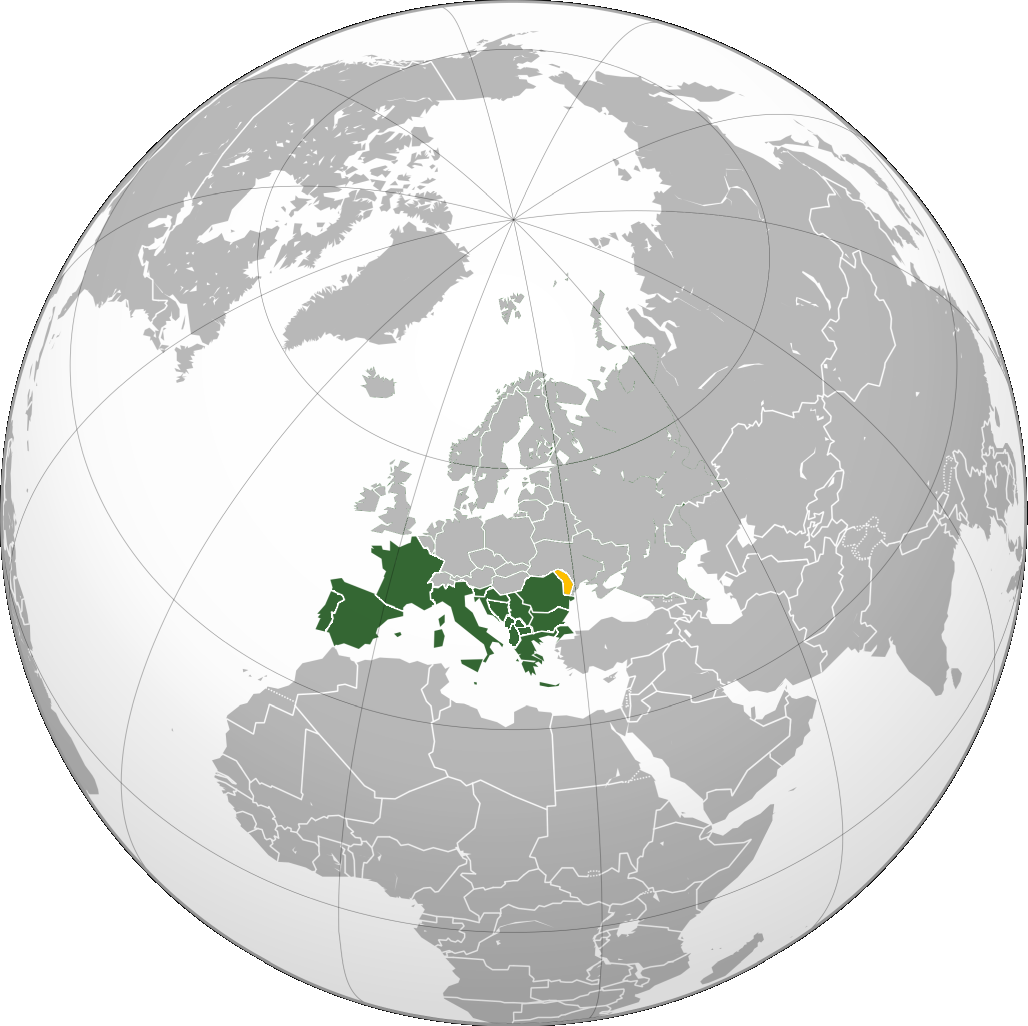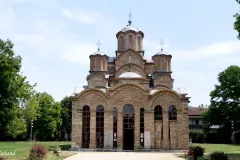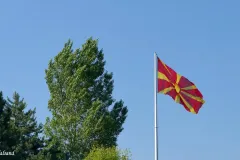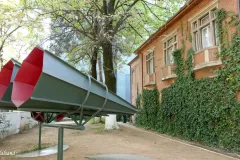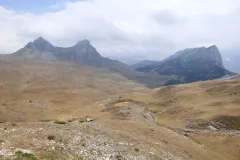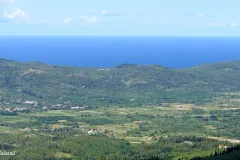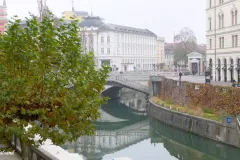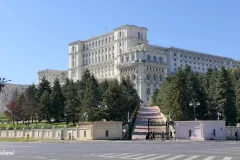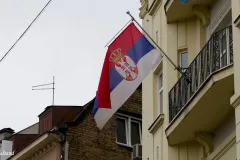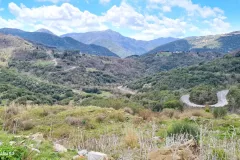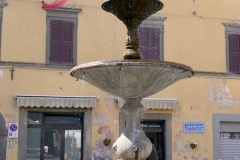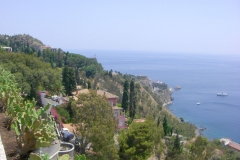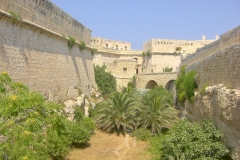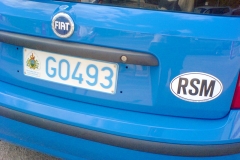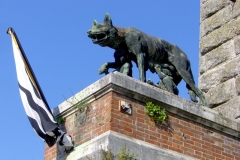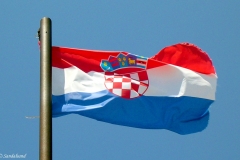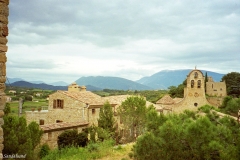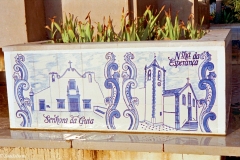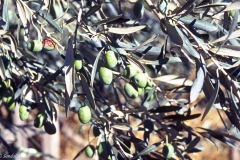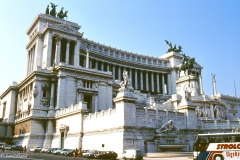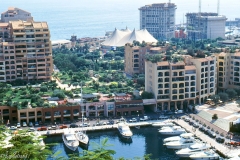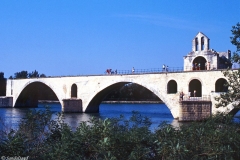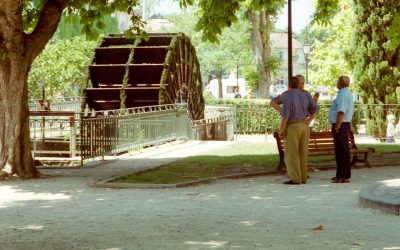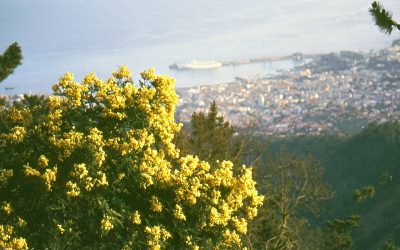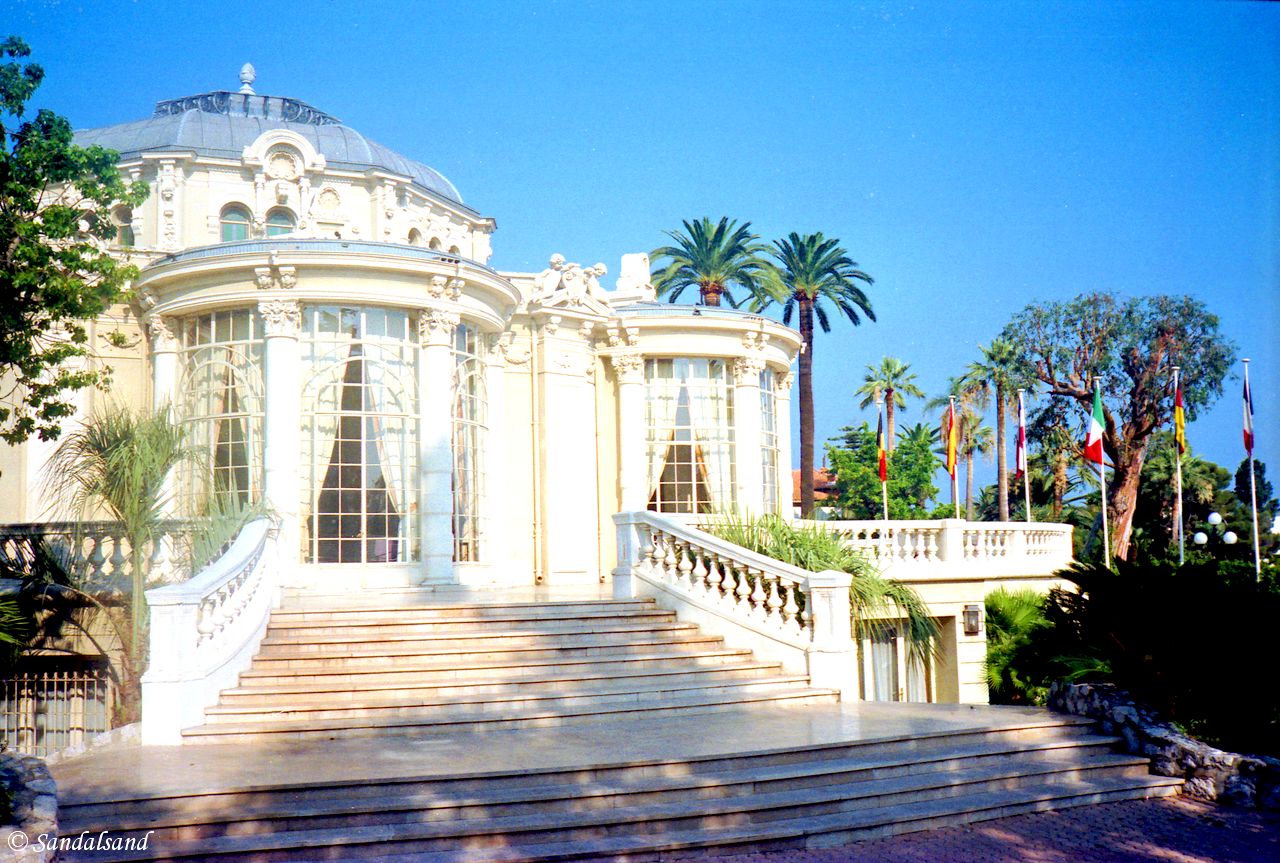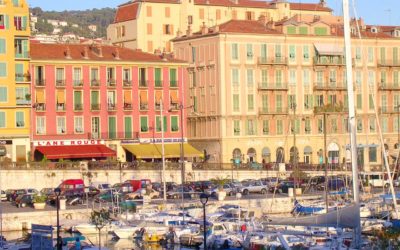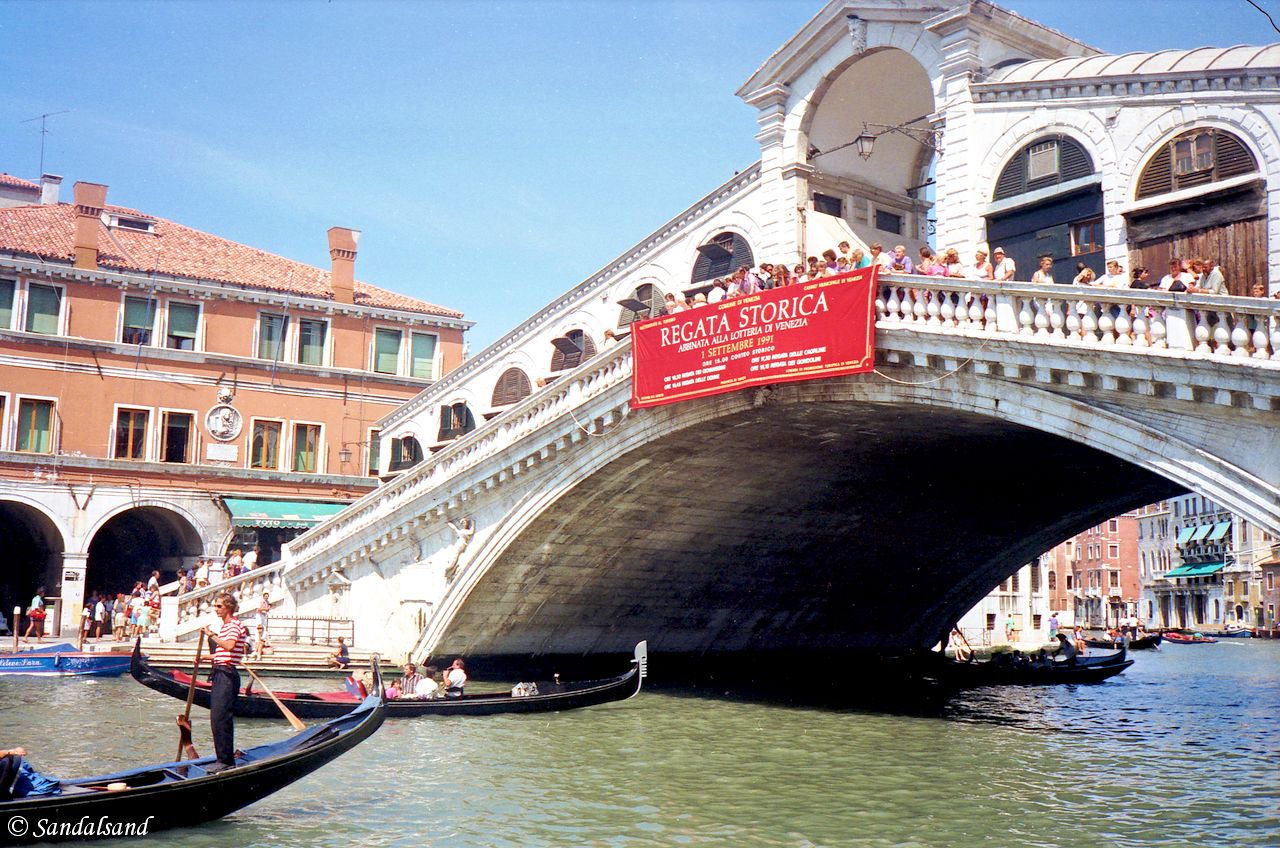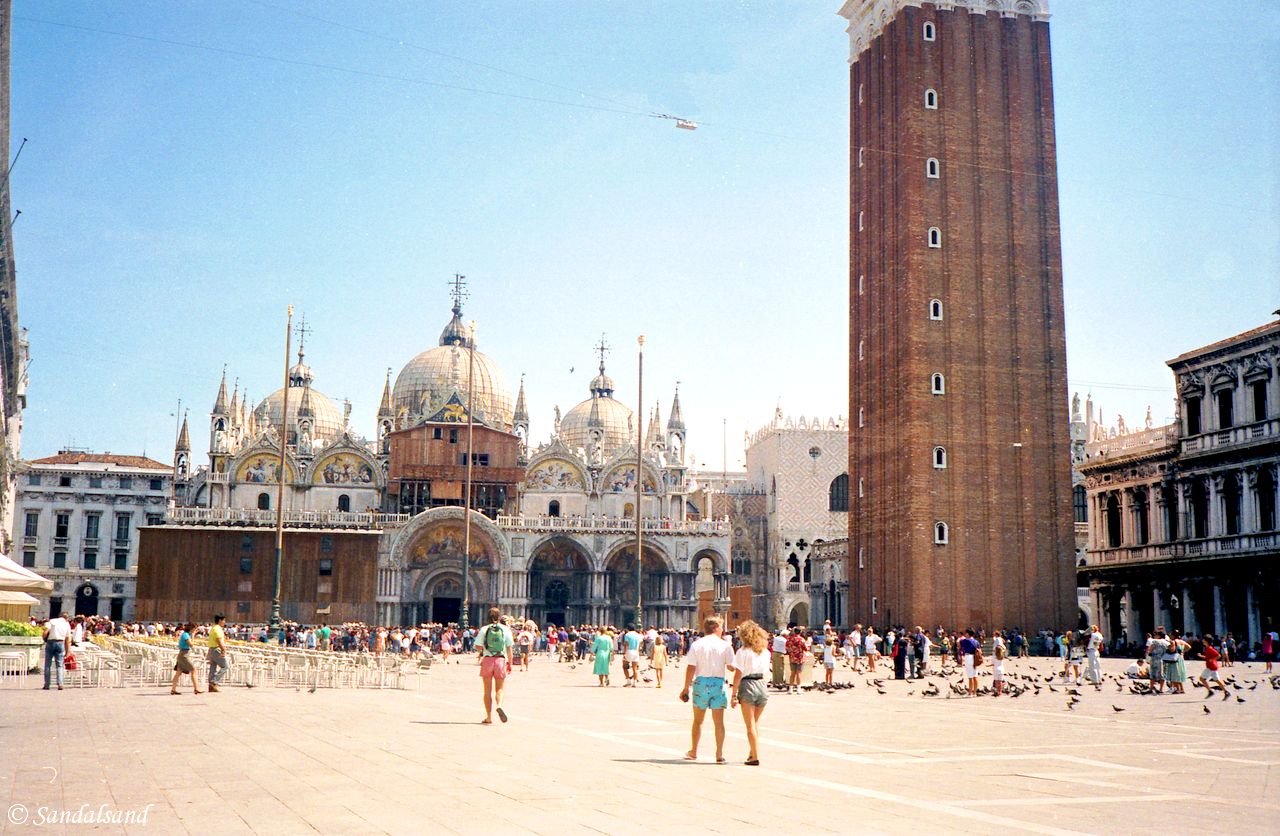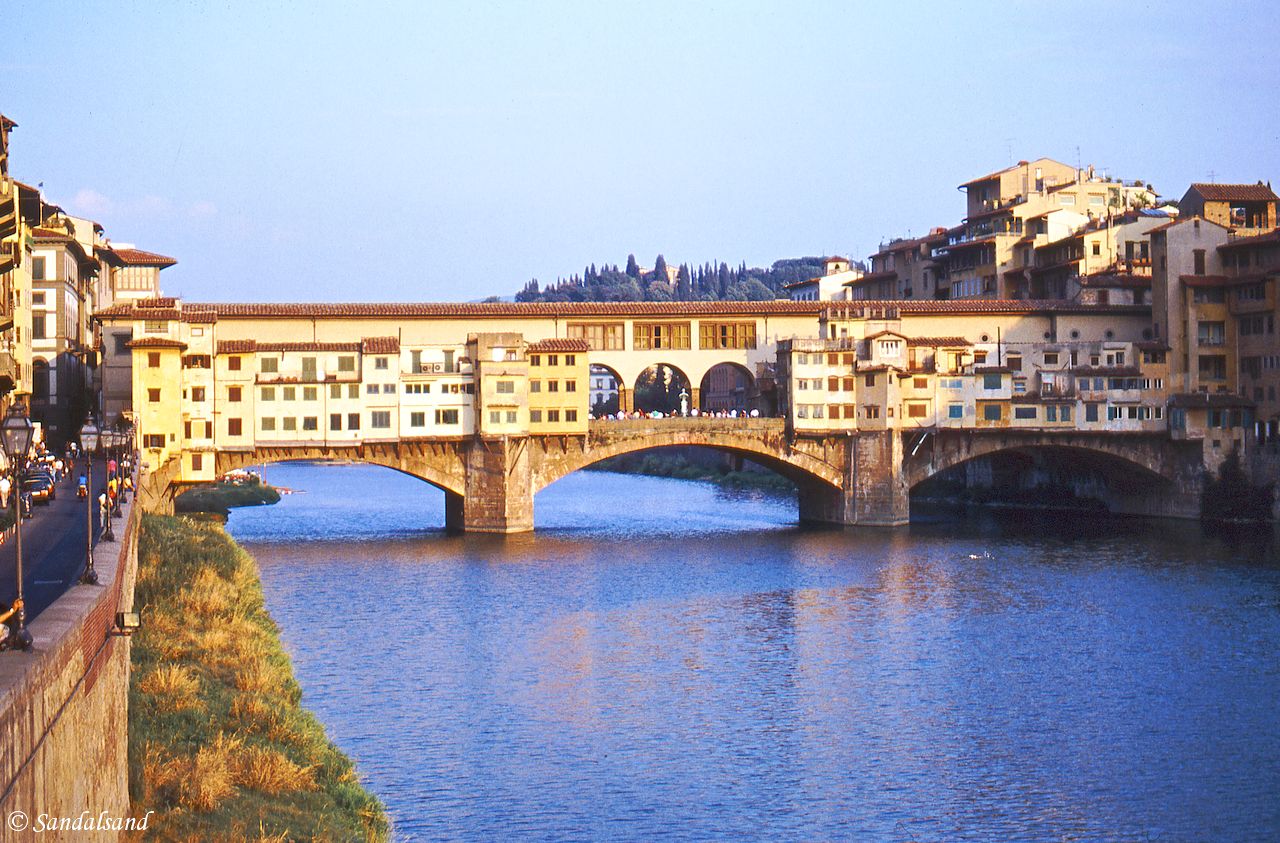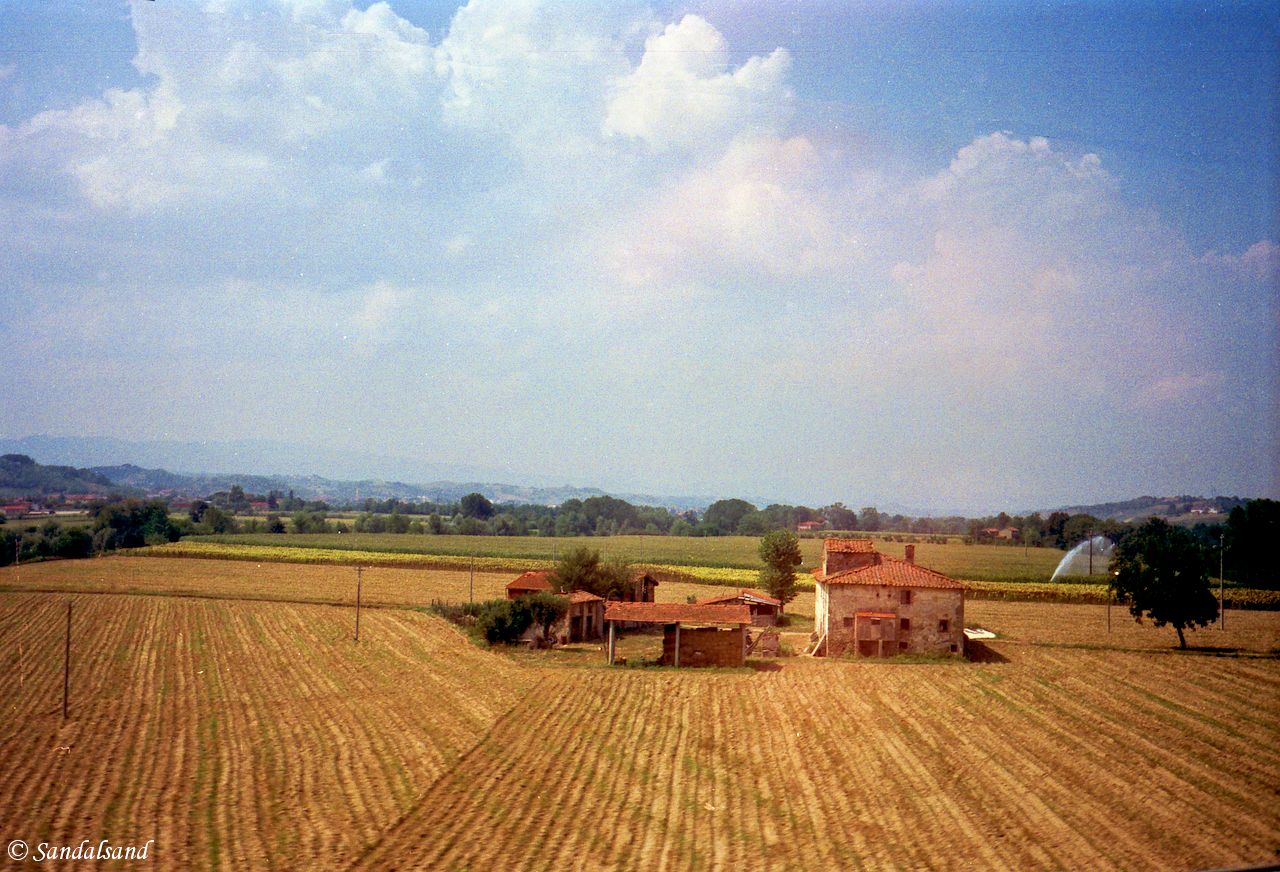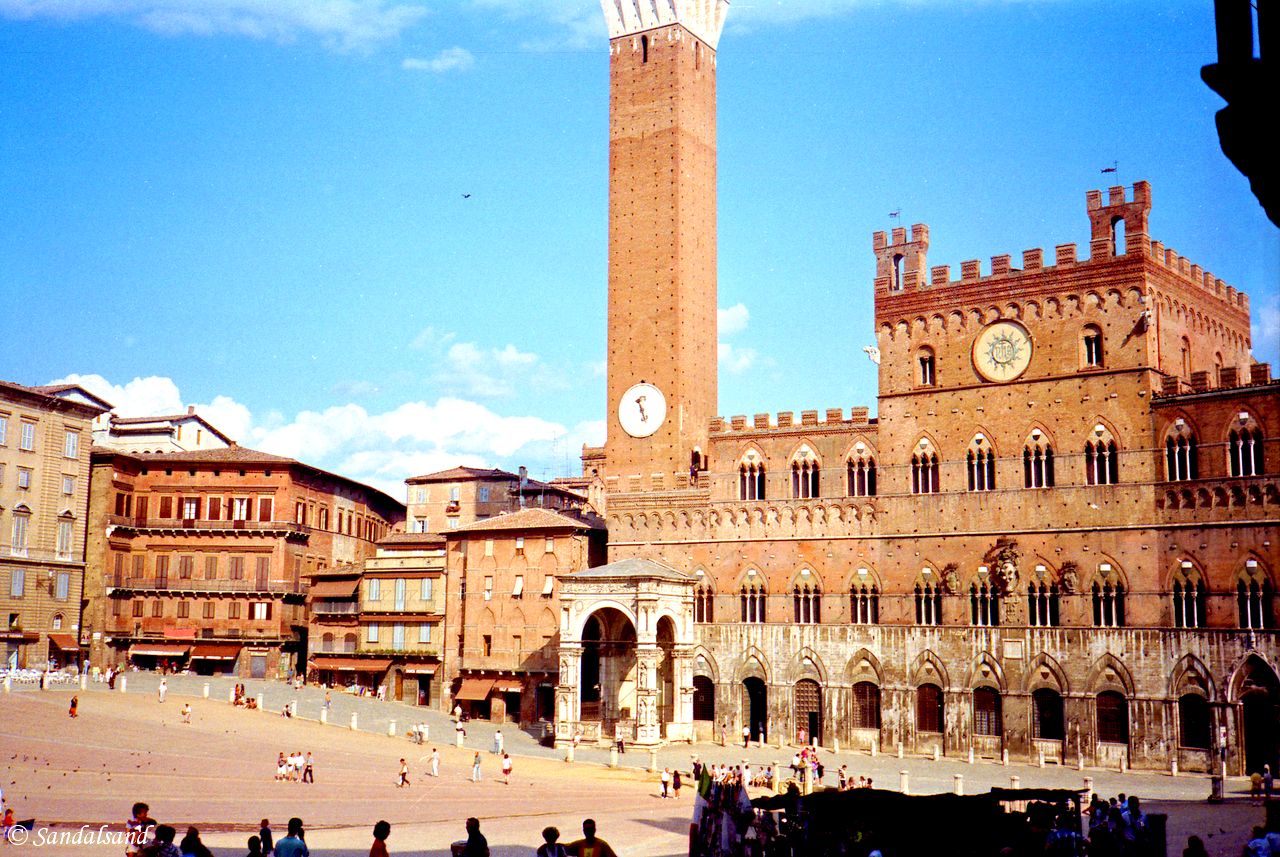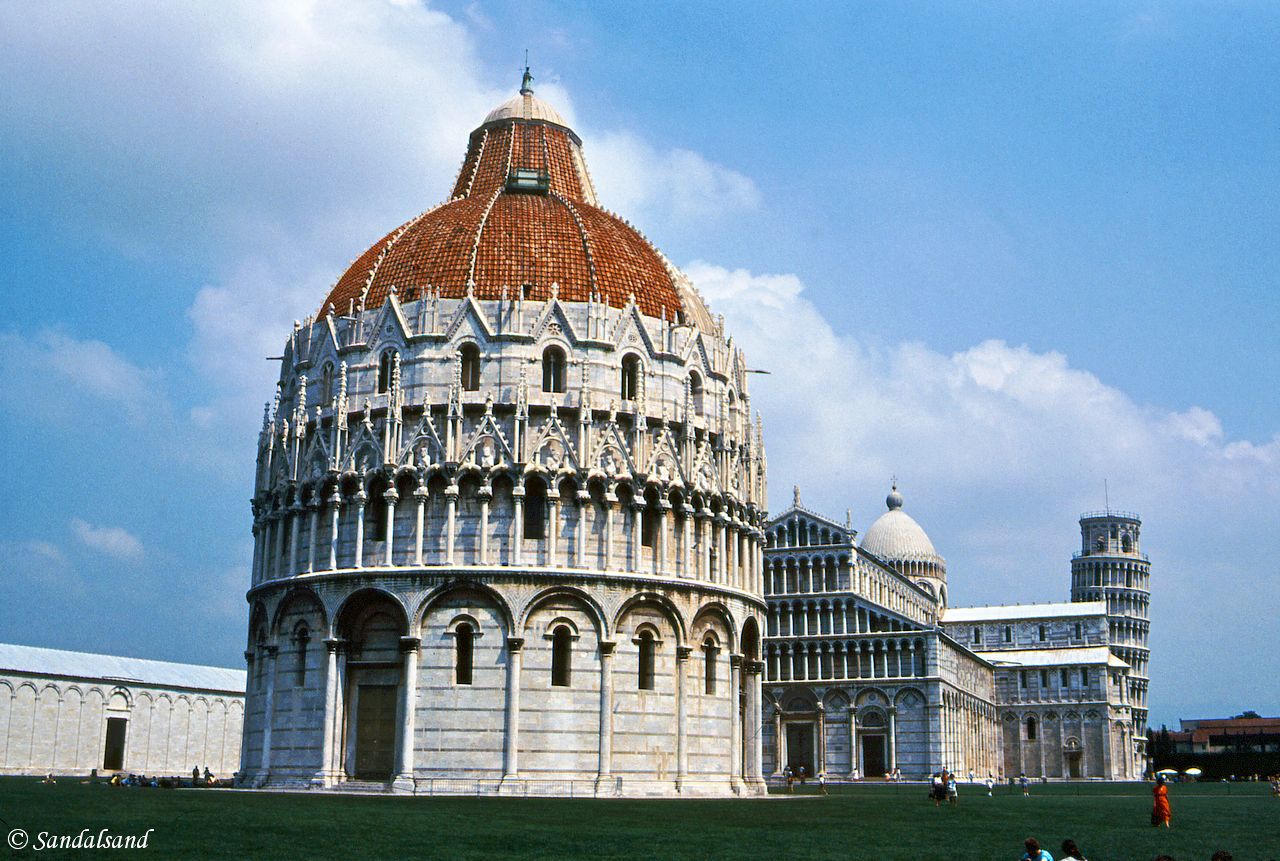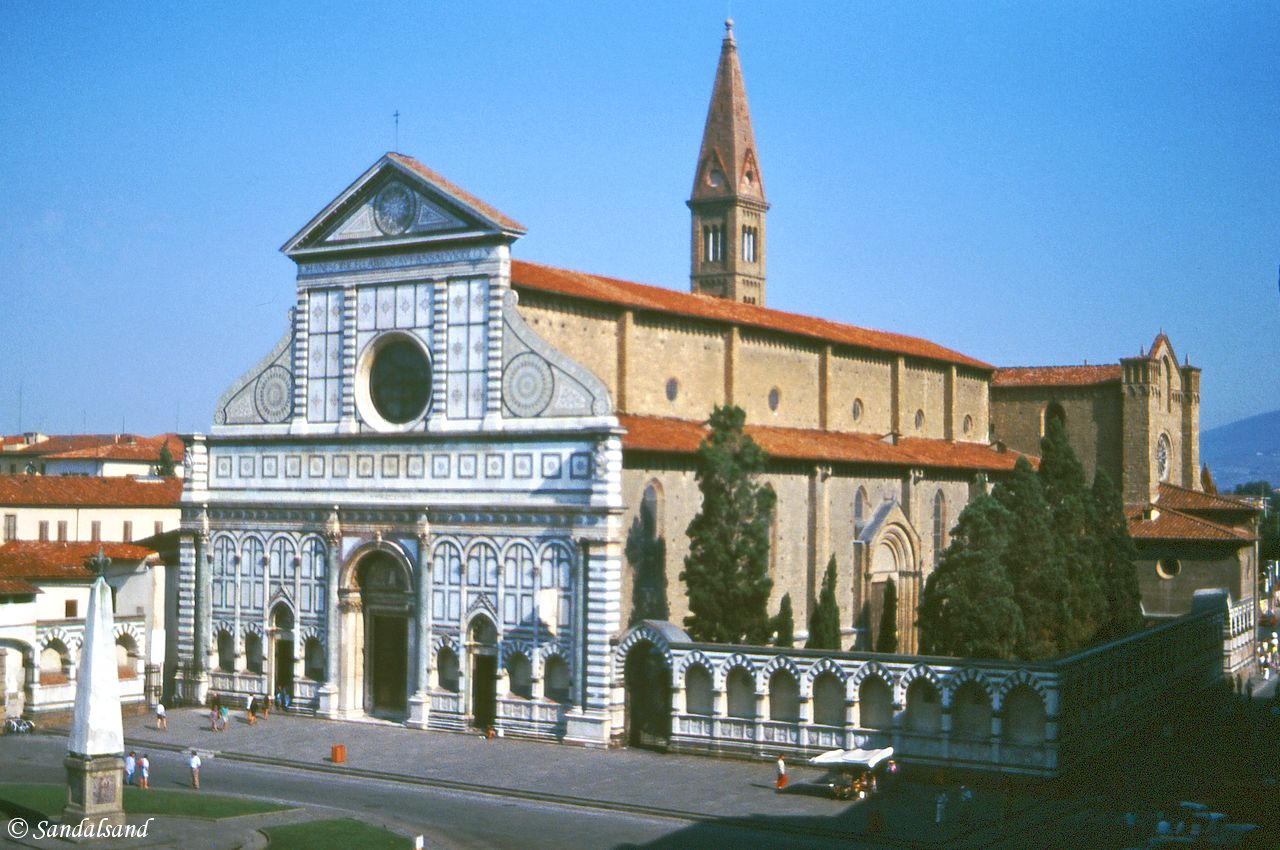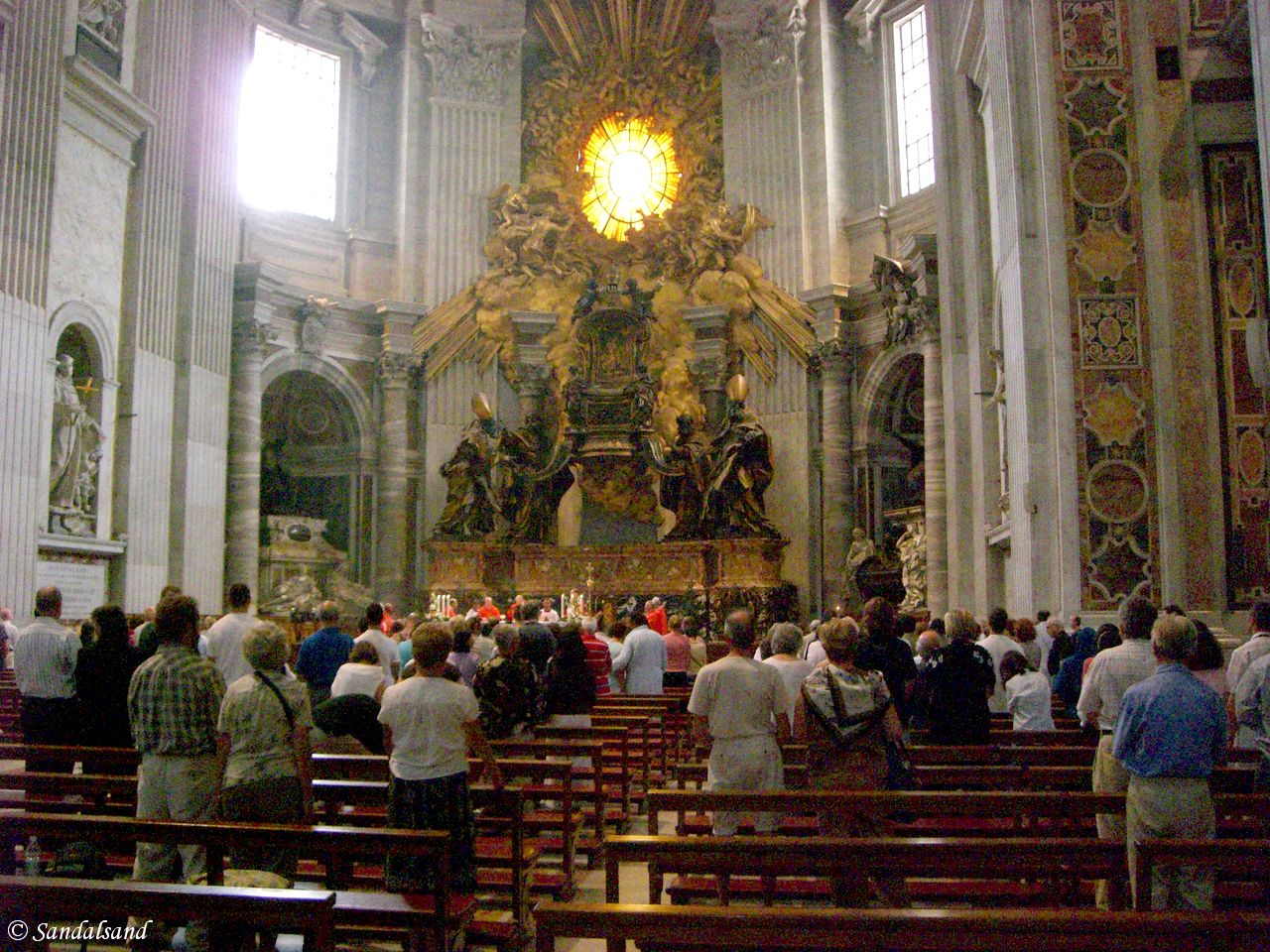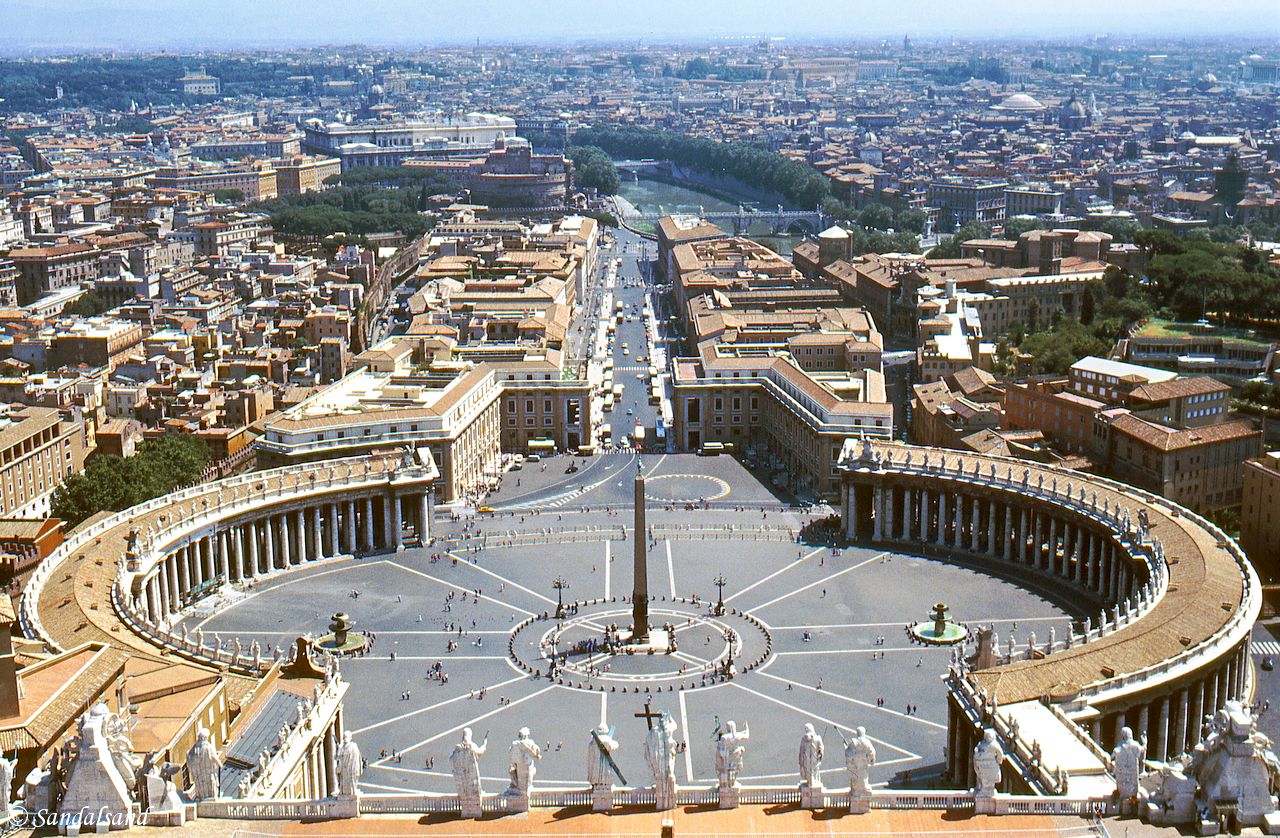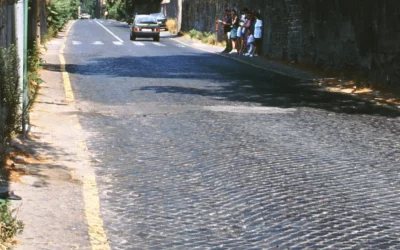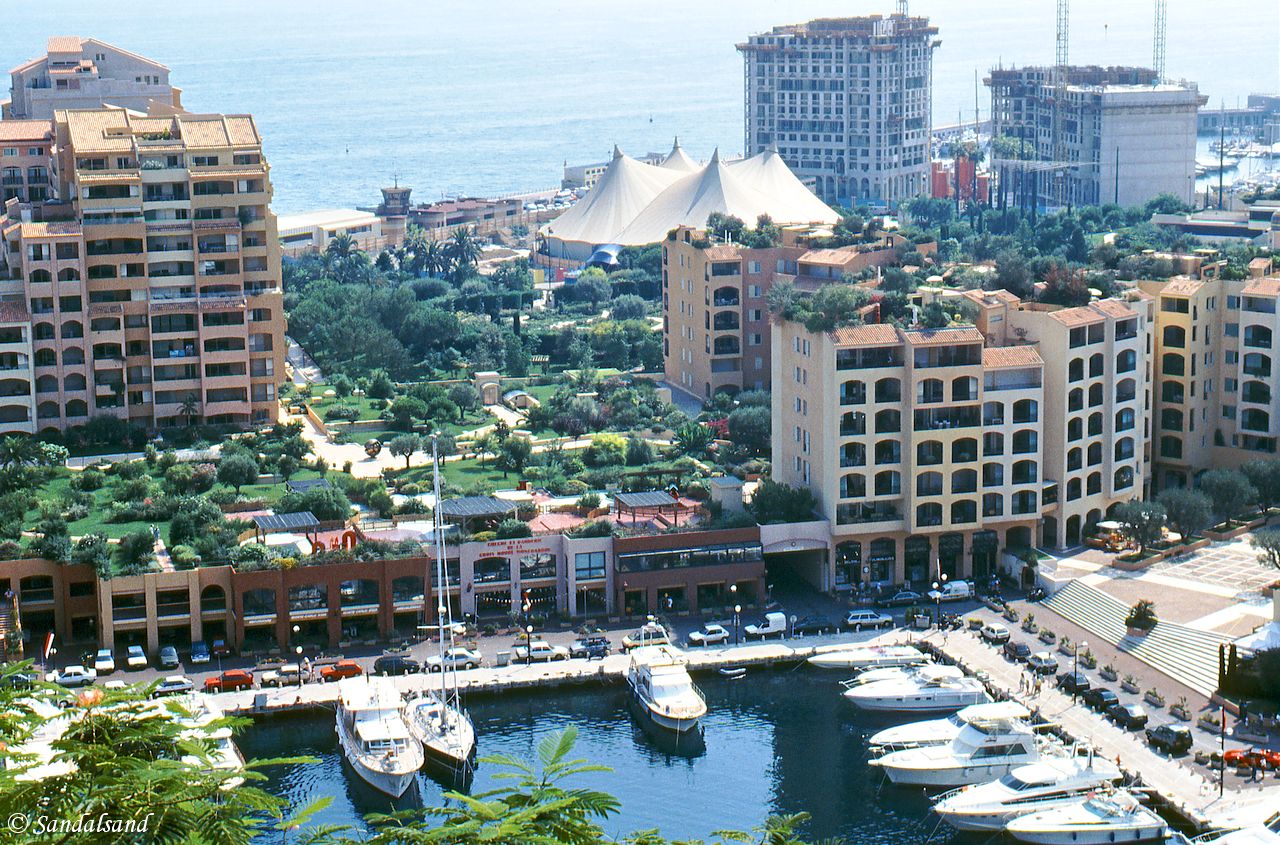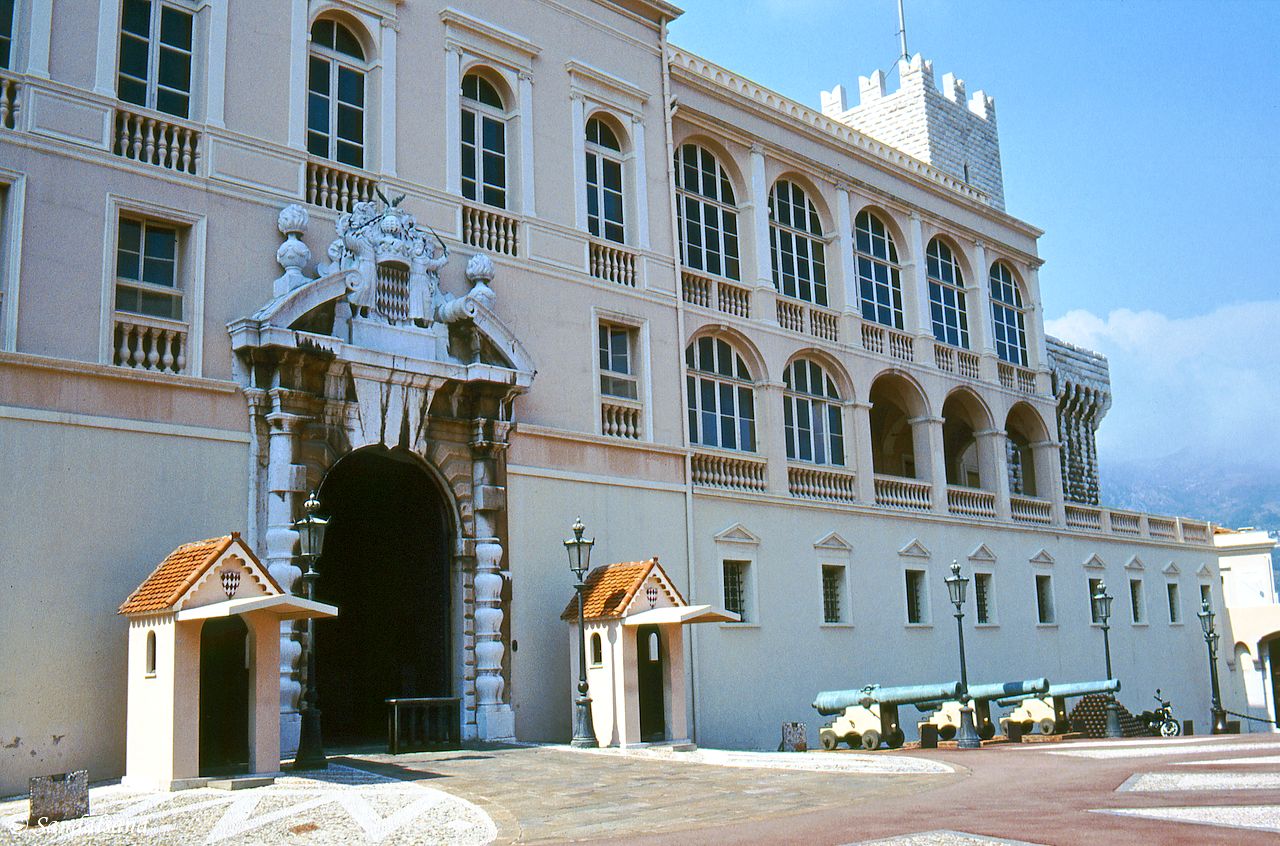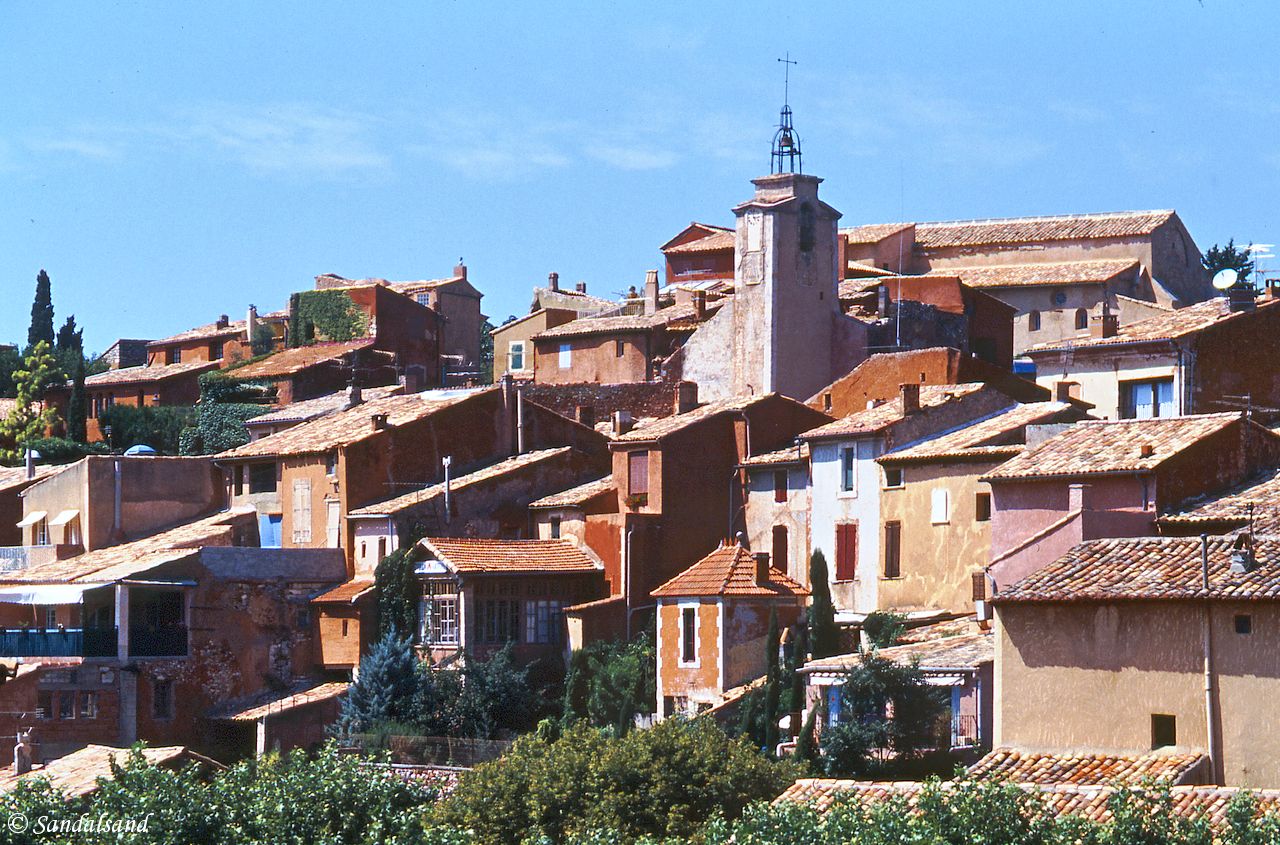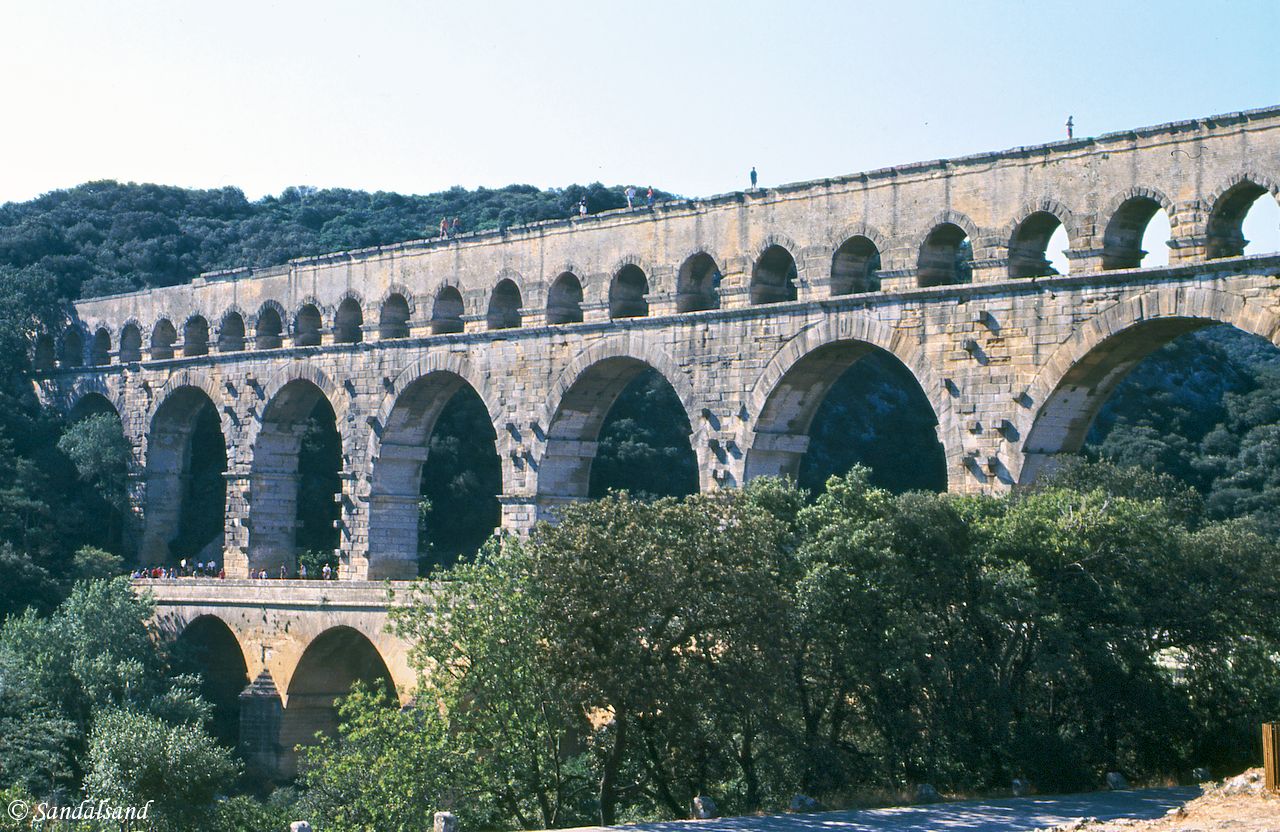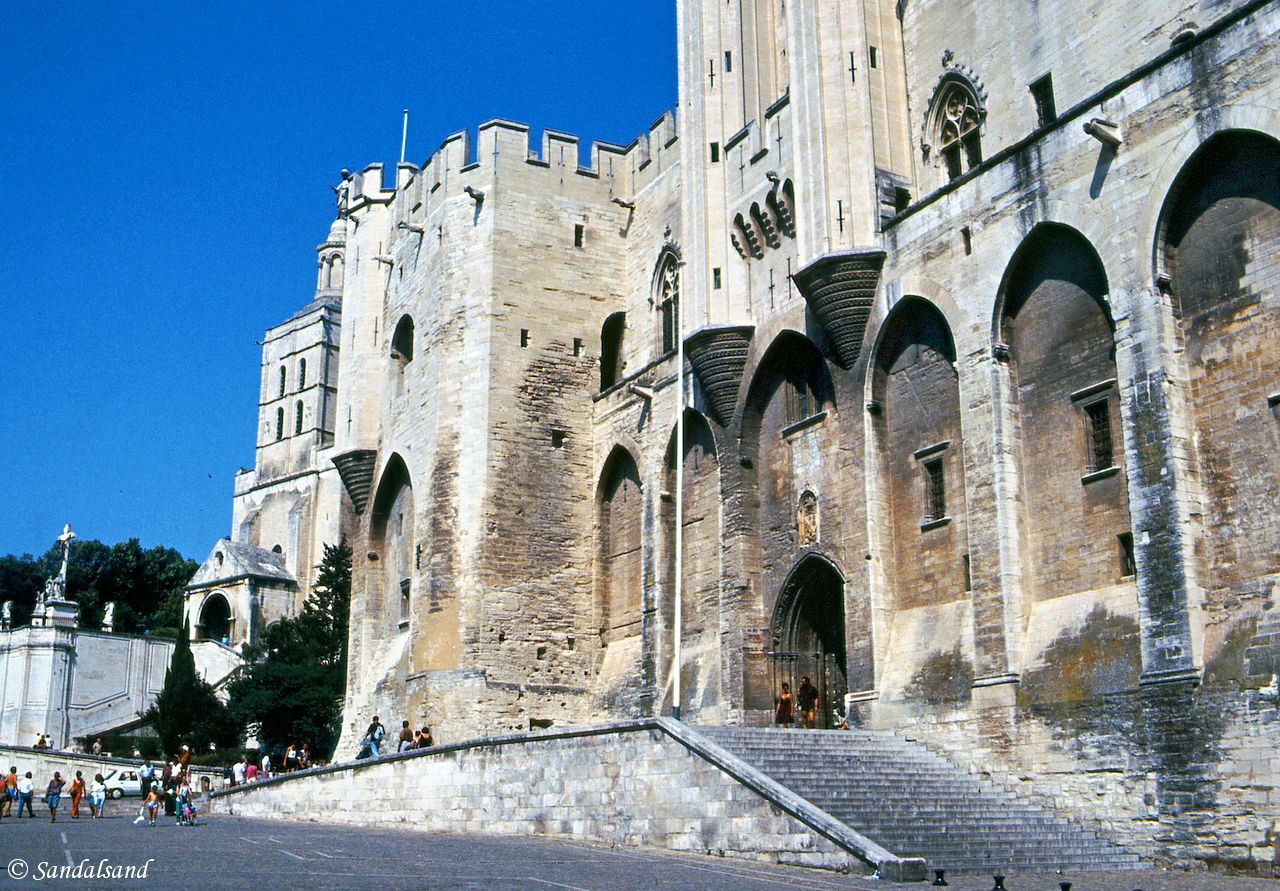Intro
Countries
Photos
Blog
Facts
Overall impressions
We were astonished and very tempted to buy whatever we could. Unfortunately, our means of transportation rendered that temptation unfeasible.
Italy is in itself one giant antiquity market, in my view. The country had its two historic heydays during the Roman Empire and the Renaissance, a millennium apart. In between those periods and ever since, the country has dwindled into not much more than showing off the remains of its past. Tourists flock in to admire the Coliseum and the Sistine Chapel, the two most known buildings of those two eras.
Sad to say that goes for much of the rest of Southern Europe as well. I am quite pessimistic for the future of this large and varied region (and for the rest of Europe as well). It seems to be splitting apart once more, promoting self-interests and losing in the global competition like the rest of the old world. On the other hand, I find this famous quote quite illustrative in an amusing yet informative way.
In Italy, for 30 years under the Borgias, they had warfare, terror, murder and bloodshed, but they produced Michelangelo, Leonardo da Vinci and the Renaissance. In Switzerland they had brotherly love, they had 500 years of democracy and peace – and what did that produce? The cuckoo clock.” (Orson Welles)
Countries
Albania | Andorra | Bosnia and Herzegovina | Bulgaria | Croatia | France | Greece | Italy | Kosovo | Malta | Moldova | Monaco | Montenegro | North Macedonia | Portugal | San Marino | Romania | Serbia | Slovenia | Spain | Vatican (Holy See)
I have made it to 19 independent countries out of 21. Click the links above to view all articles from a particular country.
My definition of Southern Europe are the countries adjacent to the Mediterranean Sea and on the west coast of the Black Sea. Give or take a few for practical purposes. Portugal borders for instance the Atlantic. Cyprus is politically and culturally also part of this region, but I have chosen to group it where it belongs geographically, as part of what I have called the Middle East and Africa.
Kosovo is not universally accepted as an autonomous country, and has not been allowed membership of the United Nations. The Vatican is recognised by other countries, but it has preferred to stay outside the UN.
This is a map of the region and Sandalsand’s visited and non-visited countries.
Photo galleries
Open the box to view a multitude of picture galleries from Sandalsand’s travels in this region.
Click to show or hide
For the best experience, open a picture gallery in a new tab or window.
Posts from Southern Europe
Villages and towns of Provence
There are numerous villages and towns in Provence worthy a visit. A visitor has many opportunities and not all are very different. It all depends on...
Roman ruins and medieval fortresses in Provence
We will explore Roman ruins and medieval fortresses in Provence. The name stems from its status as “province” in the Roman era. Pont du Gard There...
Provence – What is it?
What is it with Provence? Foreigners having spent a year or more write books warning us of the difficulties visitors face. Yet we are still lured...
Sun, sand and excursions on the Algarve coast
We went for the sun in the shoulder season and were rewarded with more than lazy days on the sandy beaches of Algarve, in the south of Portugal....
Greece – The islands of Skiathos and Skopelos
Skiathos and Skopelos are two islands in the Aegean, north of Athens. We flew in for a week at the end of the season. The window shutters were being...
The fertile island of Madeira
Madeira may not be the biggest party island around, but receives a high score for its natural beauty. Overall impressions It's not that this...
World Heritage #0934 – Madeira
The island of Madeira in the Atlantic Ocean is green, humid and lovely. The forest is unique and so is the wine. The UNESCO World Heritage List...
The French Riviera and the return home
We spent the last days on our InterRail on the The French Riviera. We had some lazy, lovely days on the Cote d'Azur... and a long way home. This...
World Heritage #1635 – Nice
Nice, the very popular town on the French Riviera, is part of the World Heritage List. UNESCO calls it a winter resort town, but Nice is in fact a...
World Heritage #0394 – Venice and its Lagoon
This world heritage is about a sinking city left to rot, or Venice and its Lagoon. Perhaps not. There is a constant fight against the forces of...
The canals of Venezia
We went to Venezia (Venice) on a day trip, like many other visitors. But even a day made us realise the magic of this famed city. This article is...
Famous cities of Toscana
At long last we were in for a few hectic days in the famous cities of Toscana (Tuscany), in the old cities of Florence, Lucca, Pisa, Arezzo and...
World Heritage #1026 – Val d’Orcia
The Val d'Orcia is a valley designed hundreds of years ago to look good, and it still does. Join me on a visit to this Italian landscape. The UNESCO...
World Heritage #0717 – Siena
Incredibly crowded, not least during the annual festivities in July, Siena is a must-see town in Tuscany, Italy. The UNESCO World Heritage List...
World Heritage #0395 – Pisa
In the Italian town of Pisa, the Piazza del Duomo is a World heritage site. The "campanile" of Pisa is probably one of the world's most photographed...
World Heritage #0174 – Historic Centre of Florence
The Italian city of Firenze (Florence) played a very central part in the transition between the Middle Ages and the new times. Join me on a visit to...
World Heritage #0286 – Vatican City
Home to the Pope and the world's largest church, the Vatican City is a sovereign state and the centre of the Roman Catholic church. The UNESCO World...
The Eternal City of Roma and the Vatican
We were on an InterRail. In Italy we first went to the Eternal City, Roma (Rome) and the Vatican. The view from St Peter's was fantastic. After this...
World Heritage #1708 – Via Appia
We often say that all roads lead to Rome. The Via Appia used to be the most important of these roads. It is still there, partially. The UNESCO World...
Pictures from Monaco
This is a small collection of Sandalsand's pictures from Monaco. I will have to make it back to the city-state sometime. If you look up all articles...
Day trip to Monaco
We spent a few days in southern France and made a day trip to Monaco before we continued on a night train to Rome. This article is no. 6 in a series...
Provence and the Cote d’Azur
Our InterRail ticket had brought us to Provence and the Cote d’Azur. Here we went to visit the papal city of Avignon with an unfinished bridge,...
World Heritage #0344 – Pont du Gard (Roman Aqueduct)
There are many Roman aqueducts to be found throughout Europe, but few as impressive as Pont du Gard. The UNESCO World Heritage List includes more...
World Heritage #0228 – Avignon
Corrupt popes and internal fights for power in Rome lay the grounds for the rise of Avignon as an important town. The UNESCO World Heritage List...
A fact sheet
This is Wikipedia’s introduction to Europe as a whole.
Map and numbers
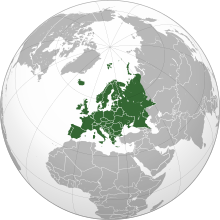
- Area: 10,180,000 km2
- Population: 741,447,158 (2016)
- Population density: 72.9/km2
- Nominal GDP: $20.2 trillion (2017)
- PPP GDP: $26.7 trillion (2017)
- Per capita GDP: $27,330 (2017)
- HDI: 0.845
- Countries: 50 sovereign states, one observer, 6 with limited recognition
- Dependencies: 6 dependencies
Geography
Europe is a continent located entirely in the Northern Hemisphere and mostly in the Eastern Hemisphere. It is bordered by the Arctic Ocean to the north, the Atlantic Ocean to the west and the Mediterranean Sea to the south. It comprises the westernmost part of Eurasia.
Since around 1850, Europe is most commonly considered as separated from Asia by the watershed divides of the Ural and Caucasus Mountains, the Ural River, the Caspian and Black Seas and the waterways of the Turkish Straits. Though the term “continent” implies physical geography, the land border is somewhat arbitrary and has moved since its first conception in classical antiquity. The division of Eurasia into two continents reflects East-West cultural, linguistic and ethnic differences, some of which vary on a spectrum rather than with a sharp dividing line. The border does not follow political boundaries, with Turkey and Russia being transcontinental countries.
Europe covers about 10,180,000 square kilometres, or 2% of the Earth’s surface (6.8% of land area). Politically, Europe is divided into about fifty sovereign states of which the Russian Federation is the largest and most populous, spanning 39% of the continent and comprising 15% of its population. Europe had a total population of about 741 million (about 11% of the world population) as of 2016. The European climate is largely affected by warm Atlantic currents that temper winters and summers on much of the continent, even at latitudes along which the climate in Asia and North America is severe. Further from the sea, seasonal differences are more noticeable than close to the coast.
History
Europe, in particular ancient Greece, was the birthplace of Western civilization. The fall of the Western Roman Empire in 476 AD and the subsequent Migration Period marked the end of ancient history and the beginning of the Middle Ages. Renaissance humanism, exploration, art and science led to the modern era. From the Age of Discovery onwards, Europe played a predominant role in global affairs. Between the 16th and 20th centuries, European powers controlled at various times the Americas, almost all of Africa and Oceania and the majority of Asia.
The Age of Enlightenment, the subsequent French Revolution and the Napoleonic Wars shaped the continent culturally, politically and economically from the end of the 17th century till the first half of the 19th century. The Industrial Revolution gave rise to radical economic, cultural and social change in Western Europe and eventually the wider world. Both world wars took place for the most part in Europe, contributing to a decline in Western European dominance in world affairs by the mid-20th century as the Soviet Union and the United States took prominence. During the Cold War, Europe was divided along the Iron Curtain between NATO in the West and the Warsaw Pact in the East, until the revolutions of 1989 and fall of the Berlin Wall.
Source
Wikipedia on a Creative Commons Attribution-ShareAlike License. Date: 2018-06-22.

